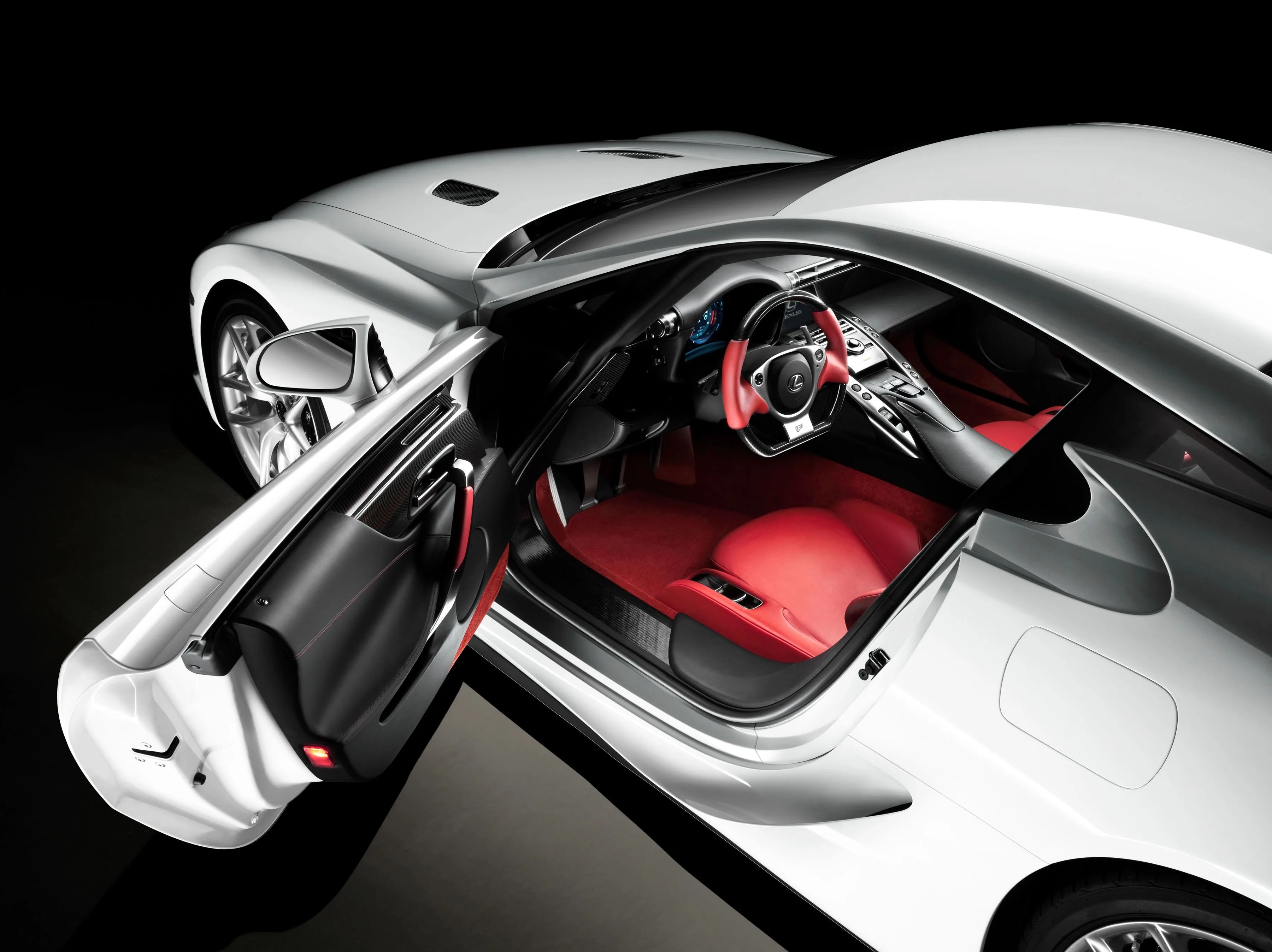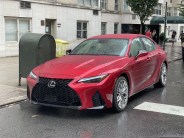The folks from the Iron Islands are fond of saying, what is dead can never die. You can argue theology and philosophy with the Drowned God’s worshippers if you want, but there’s no denying that saying rings true when it comes to certain iconic cars — such as the Lexus LFA. Built in a mere handful of numbers between 2010 and 2012, the LFA remains lusted-over and idolized, thanks to features like its gorgeous carbon-fiber body and screaming naturally-aspirated V10. (The fact that a handful of new ones mysteriously seem to be sold every year only adds to their legend.)
Still, the world of supercars and hypercars has come a long way in terms of performance since the LFA’s day. Back in the early Obama years, the 4.8-liter V10’s 553 horsepower and 354 lb-ft were adequate, if not class-leading; these days, however, when Ferrari sells regular production V12 models pushing 800 ponies, Porsche squeezes 500 horses out of a 4.0-liter flat-six without turbochargers and you can buy multiple pickup trucks with more than 700 horsepower, the LFA’s motor seems a little…lacking.
That, however, shouldn’t be a problem for the next Lexus LFA.
Yes, you read correctly: according to Japan’s Best Car (and brought to our attention by the folks over at Motor1), Lexus is indeed planning a sequel to its iconic supercar.
As best as Google Translate can parse it, the report states that the new LFA will pack the power of a 4.0-liter V8 boasting both twin turbos (presumably, the long-rumored engine that may find its way into the eventual IS F) and a plug-in hybrid system with an additional electric motor for added punch. The total output will allegedly be around 937 horses; given that a similar layout in the Ferrari SF90 produces that sort of power, it certainly doesn’t seem out of the question.
Unlike the SF90 — and like the original LFA — the new Lexus will reportedly use a front-engined layout, sticking the gas engine’s center of mass between front axle and cabin for better weight distribution. According to Best Car, LFA 2.0 is under development now, and should breach the surface come 2025.



